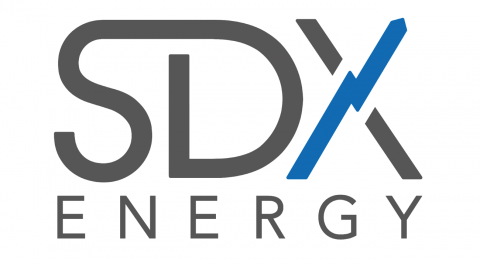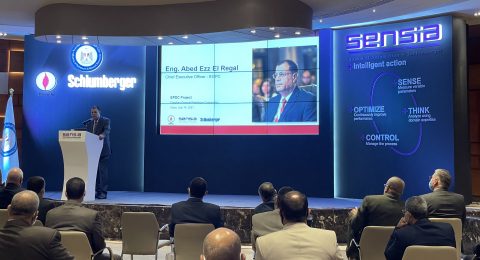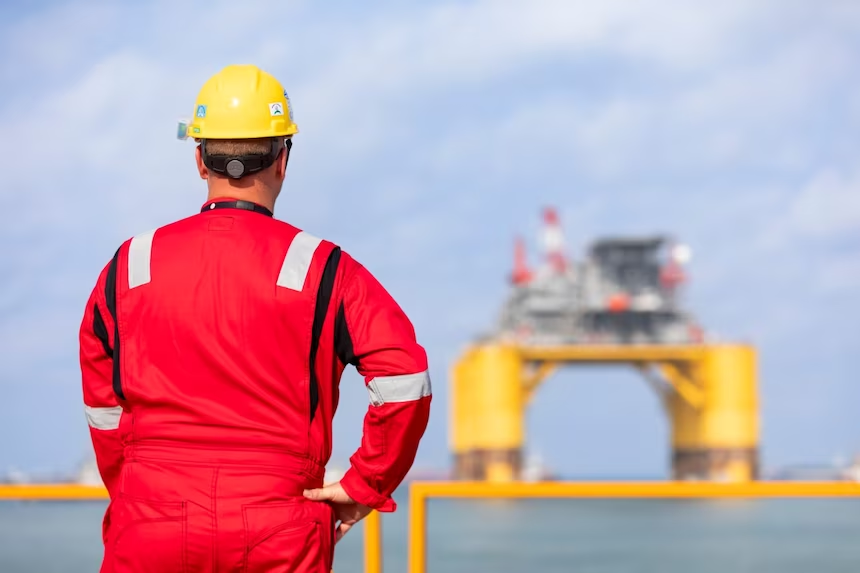By: Alexander Rifaat
While Egypt has received positive news recently regarding onshore gas projects in the Nile Delta and Western Desert, 80% of its gas reserves reside in the Mediterranean Sea. However, since most of the gas is located in deep-water fields, extraction has proved difficult. Everything from high exploration costs to uncertain environmental impacts can make deep-water gas drilling an arduous venture. Despite the fact that numerous technological advances have made deep-water operations more viable, the cost-effectiveness of such projects remains a stumbling block to developing the fields. Irrespective of these issues, as the global demand for energy increases, especially in Egypt, deep-water extraction processes will only become more attractive.
So what exactly makes deep-water gas exploration such a difficult process? Firstly, the environment for drilling can present extraordinary technical challenges. Near freezing temperatures, pitch-black waters, crushing pressure per square inch, and unexpected weather conditions all make drilling in deep waters a logistical headache. Secondly, once the seabed is reached, oil and gas is extracted through more than 10 kilometres of hard rock, where temperatures can rise to 300 degrees Fahrenheit (148 degrees Celsius) and pressure rises to 20,000 pounds per square inch (psi). Production requires highly specialized equipment in order to conduct the drilling as well as transport the oil and gas extracted to onshore transport, storage and refining facilities. Therefore, a company’s investment will run into the billions of dollars even before the first hydrocarbons are produced.
In order to make sure that there are no surprises during the production process, energy firms conduct a rigorous examination of potential sites. Geologists must gain a solid understanding of the geomechanical properties, stream regimes, down-hole pressures and environmental hazards in deep-water and ultra deep-water projects. Engineers and other contractors in turn must design and construct the platforms and equipment necessary to combat the marine and environmental challenges and extract the gas as safely and as efficiently as possible. Highly specialized training is essential to ensure that all facilities are operated properly.
Another major obstacle in the process is the pipe needed to successfully extract the gas. Low temperatures coupled with high pressure can cause blockage in the pipes. To cope, firms such as Shell have developed a glycol-based liquid that they inject into the pipes to alter the temperature and pressure, thus allowing gas to flow more efficiently. In addition to pipes clogging, high pressure can also cause the well to burst, as was the case with the Deepwater Horizon accident in the Gulf of Mexico in 2010. In its aftermath, BP developed the High Integrity Pressure Protection System (HIPPS), which isolates any well that has lost control and prevents it from causing any catastrophic damage. Additionally, the platforms and systems needed to extract and process the deep-water gas are much larger than conventional platforms. For example, BP’s Thunder Horse Platform in the Gulf of Mexico is the size of three football fields.
Another daunting aspect of deep-water drilling is the climate conditions at the extraction sites. For instance, Shell’s Gumusut-Kakap platform off the coast of Malaysia is located in an area with frequent tropical storms. In order to combat this extreme weather, Shell engineers developed a remote-controlled robot that can anchor the platform securely by attaching it to four mooring lines, each weighing 150 tons. The lines can secure the platform from waves as high as 25 feet and winds as strong as 100 km per hour. Another platform, Perdido Spar, off the coast of Finland –twice the size of the Statue of Liberty and as heavy as 10,000 cars– is designed to float upright if it disconnects from the mooring lines. The maximum it will tilt is 14 degrees, even in the heaviest of storms.
Other technologies, which are being developed but have not been implemented yet, offer an exciting glimpse into the future. BP is currently developing “Project 20K™”, which they hope will make it possible to drill up to 20,000 psi. One of the core aspects of the project is building sub-sea production facilities underwater as opposed to above sea level, which significantly increases the amount of hydrocarbons that can be extracted from a field. BP estimates that if Project 20K™ achieves its objectives, as much as 20 billion barrels could be recovered over the next 20 years.
While the technological advances are promising, the costs for developing and constructing these systems are well into the tens of billions of dollars. Therefore, there is hesitation by firms when it comes to exploring and producing deep-water gas sites. In order to cut costs, many energy firms participate in joint ventures when drilling exploratory wells. Even then, the high operating costs of the wells have made many potential projects go south, as recently occurred with Shell Egypt deciding not to pursue deep-water sites in the Mediterranean after millions of dollars in initial investment.
The main issue for most firms is how to reconcile the high capital exploration costs with the huge potential that deep-water gas extraction provides. After conducting exploratory drilling, Shell Egypt did not locate sufficient quantities of hydrocarbons to achieve an acceptable return on investment to cover research and exploration operations. As a result, Shell Egypt, after eleven years, decided to focus on onshore exploration, and relinquished its offshore concession to the Egyptian Government.
In spite of the disappointing Shell experience in its concession, Egypt offers unique future opportunities for proponents of deep-water exploration in many other locations offshore. With an abundance of potential reserves in the Mediterranean, the appetite for energy needed to make extraction attractive, a ready-made market at home and in the region, Egypt’s deep-water gas prospects can become a potentially lucrative aspect of the country’s energy portfolio.
Numerous firms have bid on sites along the coast and drilling in some sites is already underway. The major stumbling block for firms operating in the Mediterranean is the actual price of fuel in the local market. With the current price of standard 90-octanepetrolaround EGP 2.60 per litre, the cost-effectiveness of deep-water drilling appears dismal. Most industry experts believe the price needs to be around EGP 5-6/litre in order for deep-water oil and gas exploration to be economically viable.
With a plethora of economic, technical and logistical challenges related to deep-water drilling, the technologies being developed could prove to be the long-term solution to the feasibility issues associated with the extraction process. Advances are being made to combat environmental and safety hazards as well the design of facilities that will make a more cost-effective operation. These improvements can be seen in Egypt, where BG Group has successfully drilled 16 consecutive deep-water wells in the West Delta Deep Marine concession.
In addition to technological advances, growing cooperation between the government and energy firms is creating a more attractive environment for investment and development. In recent weeks, the Egyptian government has issued numerous gas exploration licenses in areas not only in the Mediterranean, but the Western Desert and Nile Delta. The Egyptian Government is reassessing its oil and gas investment policies and regulations in order to make the huge investments required for development. These recent developments indicate a mutual interest on the part of the government and energy firms to satisfy increasing local energy demand, as well as a recognition that deep-water exploration and production is an increasingly viable option in Egypt’s energy future.
©Egypt Oil & Gas








